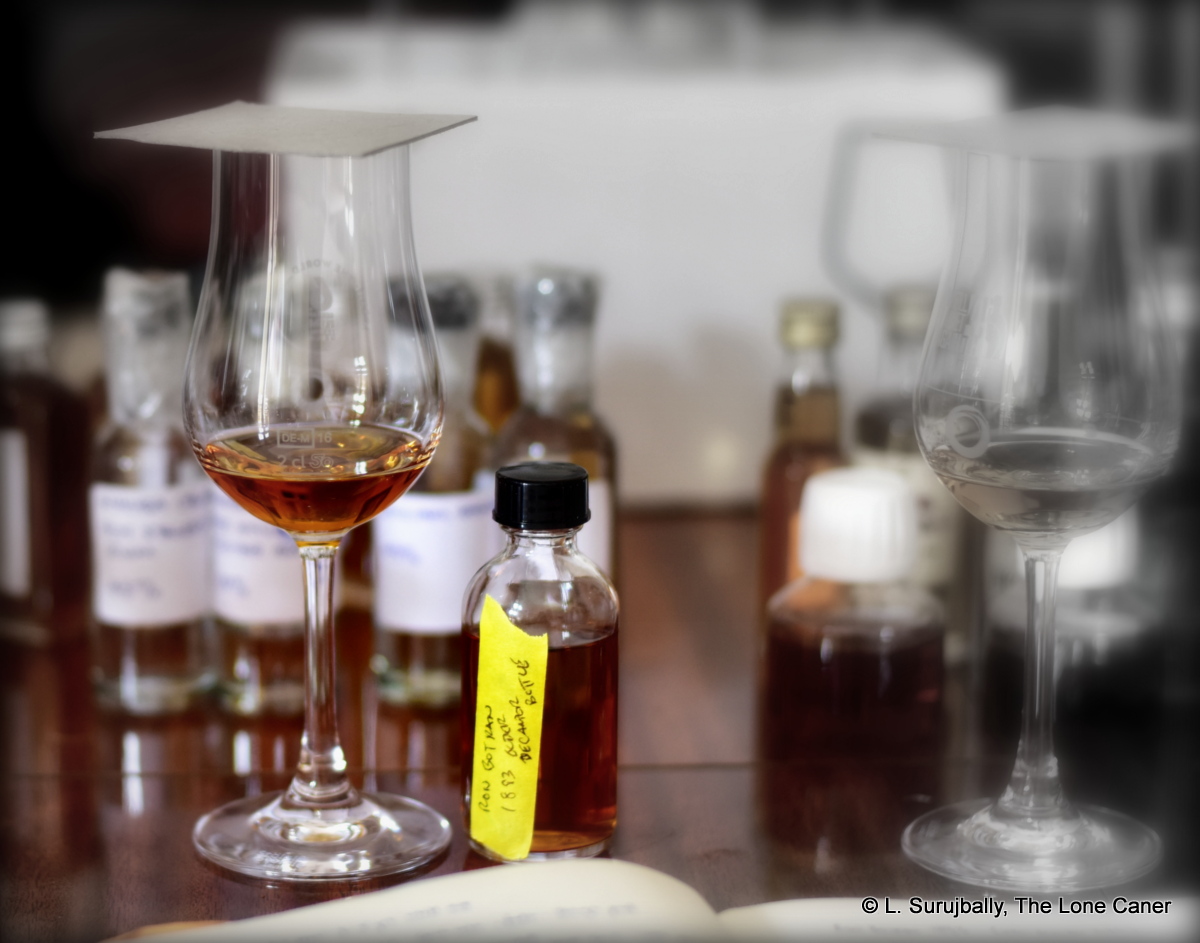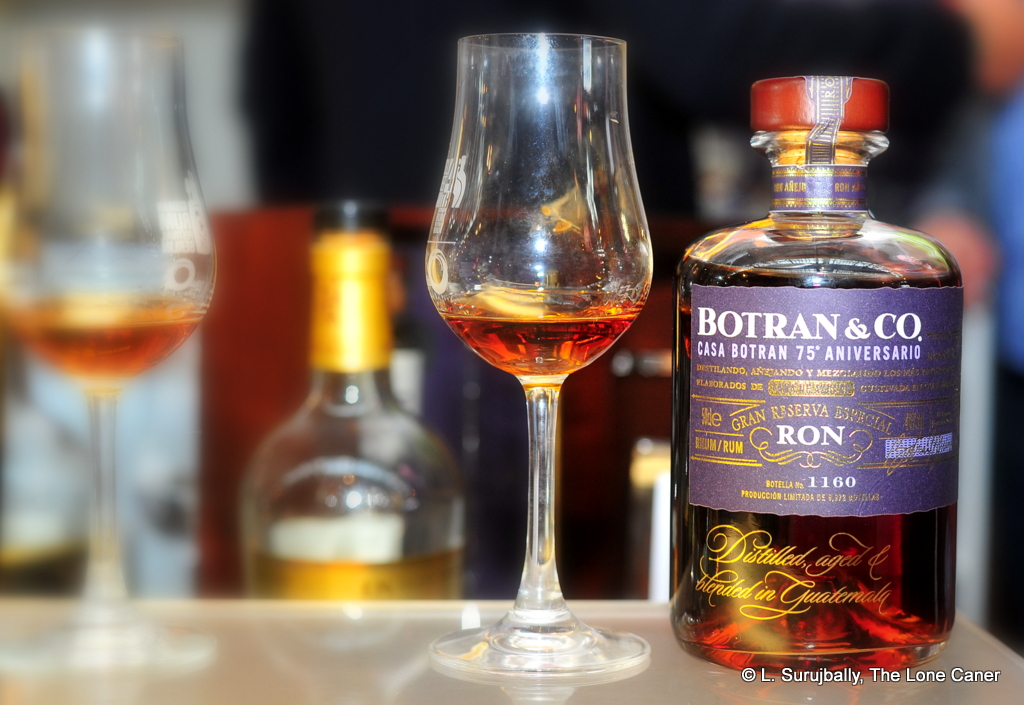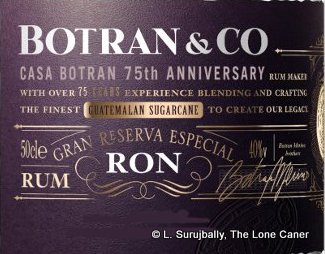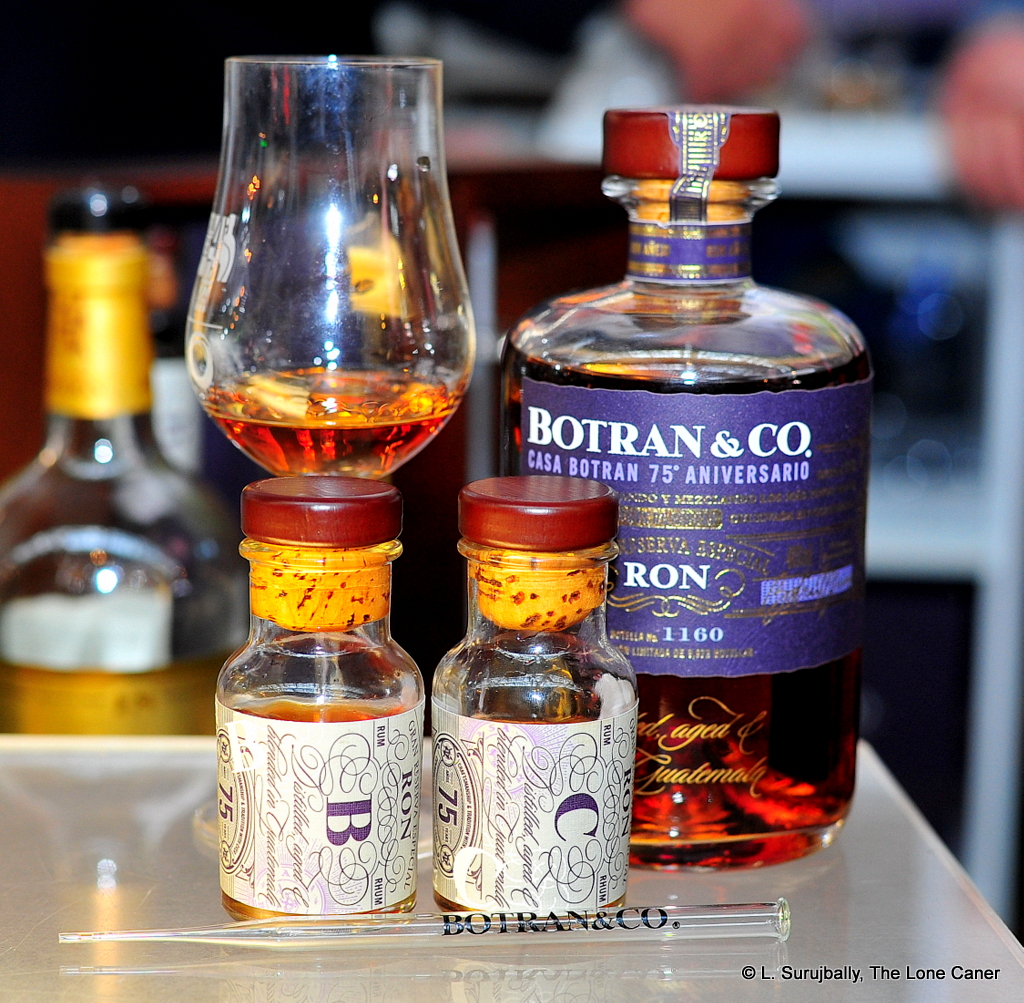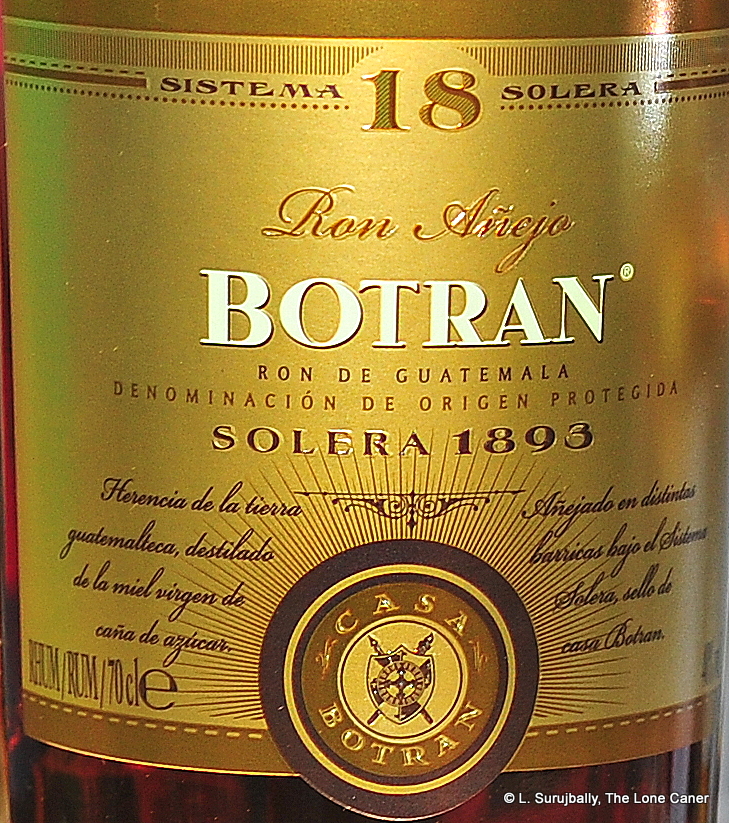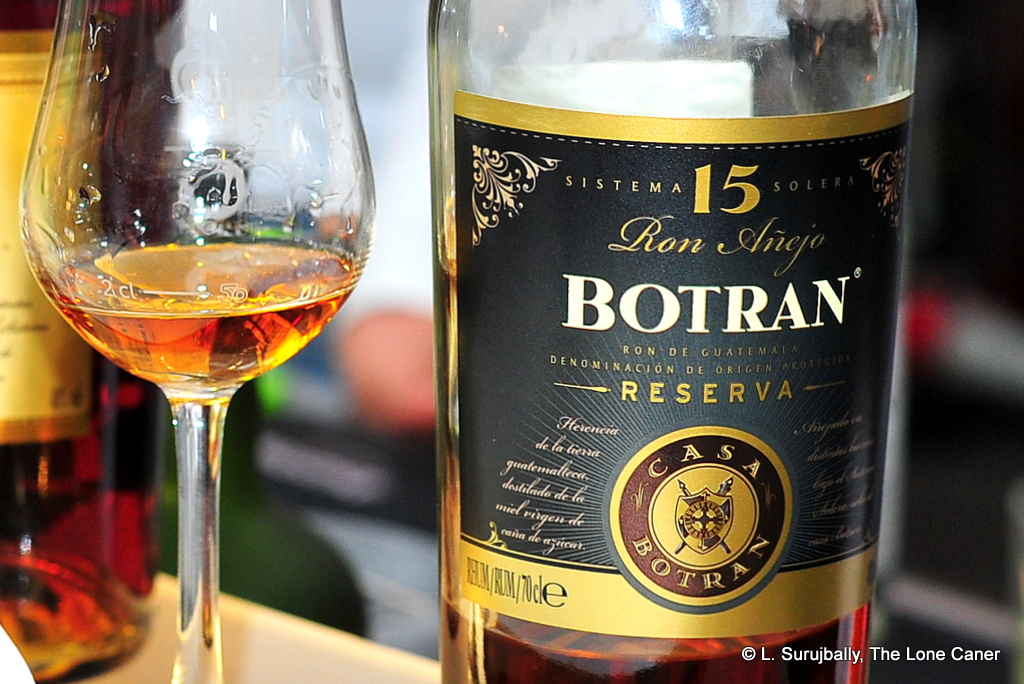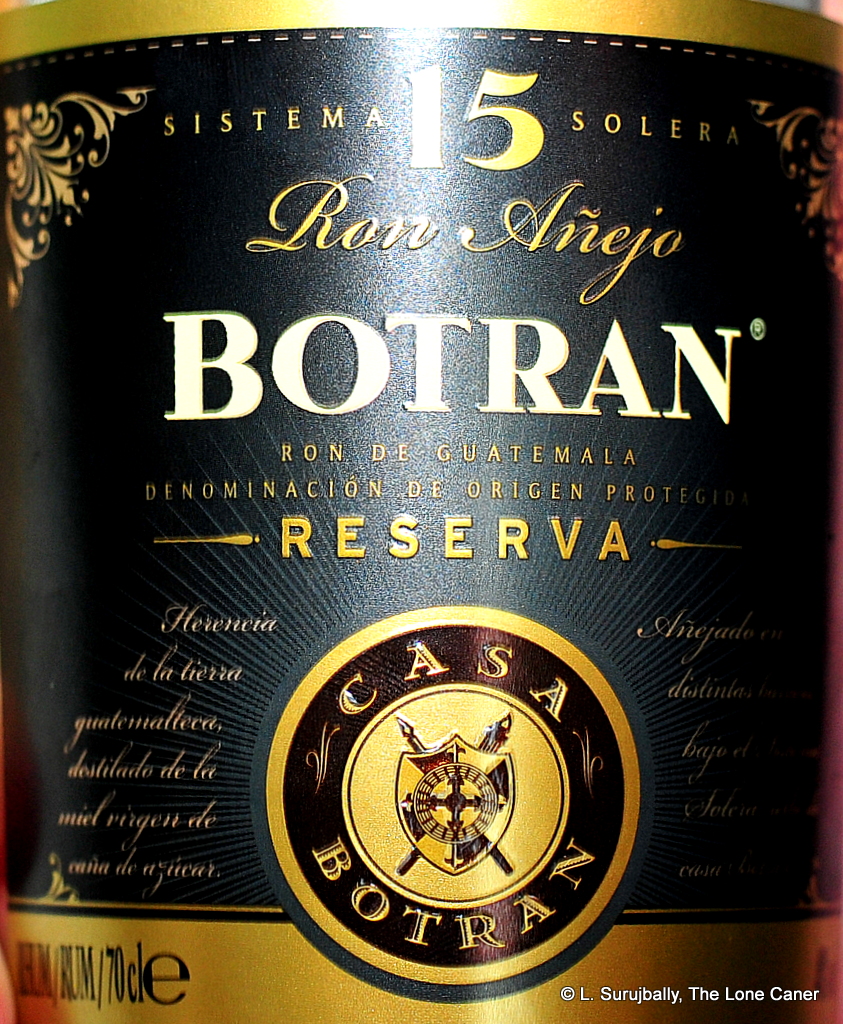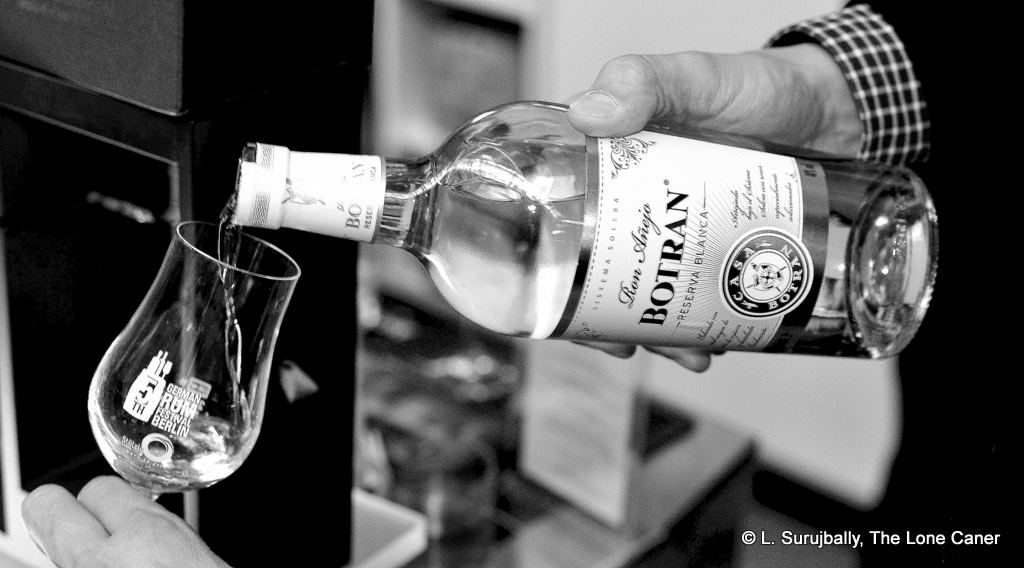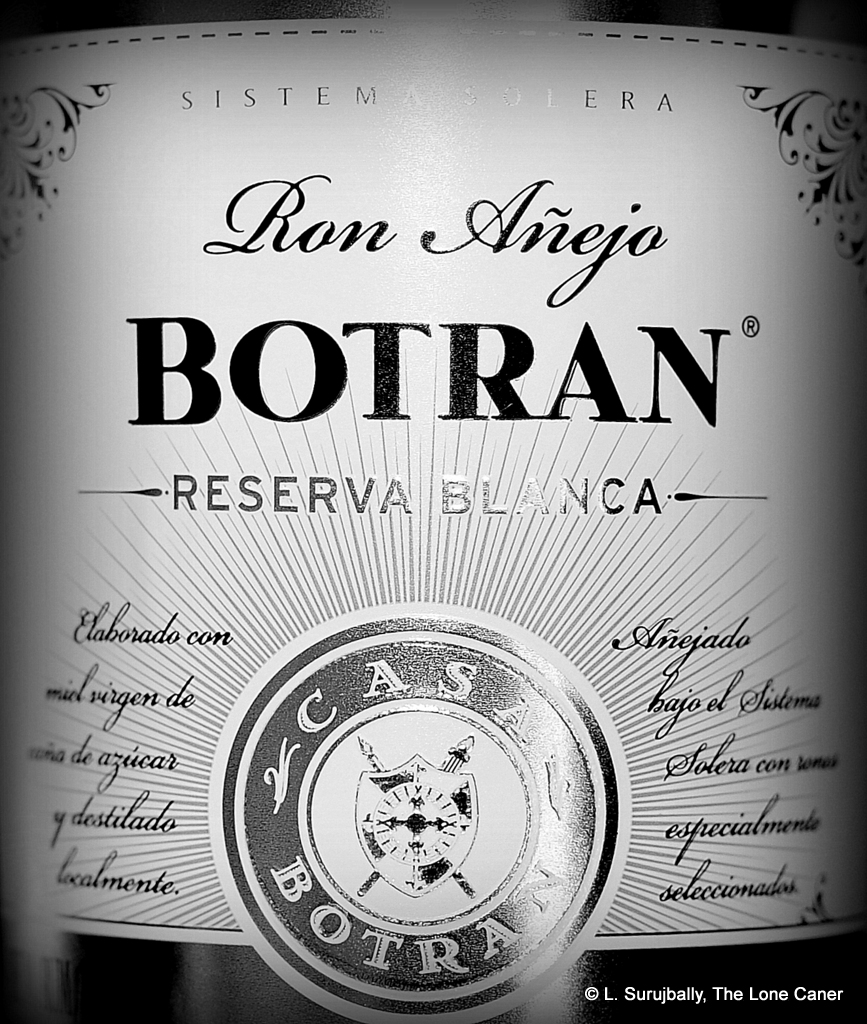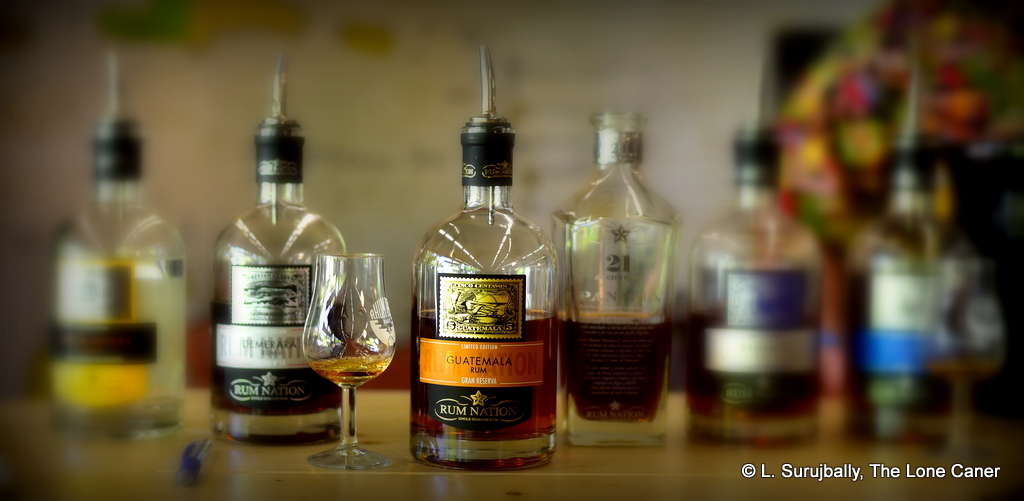
Aside from Zacapa, Botran is the other big rum name we know which comes out of Guatemala. Both have lost some of their lustre in the last years (though probably not their sales), the former for its sweetness, the latter because it got left behind by the fast moving indie world and cask strength ethos that gradually took over the top end.
That certainly did not stop Rum Nation though, because they happily took some of the distillate from Botran’s Destiladora del Alcoholes y Rones SA (also known as DARSA) and aged it for around four years (minimum) in the Hondo River region of NE Guatemala in ex-bourbon white oak barrels. The story goes that this area is quite humid and the warmest part of Guatemala which allowed for some interesting effects on the final distillate, a light, fruity result that was then bottled in 2018 and remains in their core lineup.
Well, ok. I’ve had a fair bit of Botran’s lineup and if Rum Nation decides to go this route of in-country ageing to get a nice little 40% sipper, I’d love to try it. I do after all have a lingering fondness for one of the first indies I ever had a chance to try, and retain a desire to try two other old rums from Guatemala they issued — a 1982-2005 and a 1984-2007.
 Rum Nation’s own background notes say this is “one of the lightest rums in our collection” and they weren’t kidding (they omit mention that it’s also one of those rums Fabio Rossi would call a “starter rum”, but never mind). The nose just confirms this assessment: it is delicate to a falt, very light, channeling the clean white softness of a freshly laundered pillowcase hung to dry in the sun. It’s lightly sweet, fruity with the aromas of green grapes and raisins, and has a tuch of cola, mint, caramel and some vanilla, plus an additional hint of orange peel and perhaps some anise after a few minutes. A nice and easy sip to start the day’s sundowners.
Rum Nation’s own background notes say this is “one of the lightest rums in our collection” and they weren’t kidding (they omit mention that it’s also one of those rums Fabio Rossi would call a “starter rum”, but never mind). The nose just confirms this assessment: it is delicate to a falt, very light, channeling the clean white softness of a freshly laundered pillowcase hung to dry in the sun. It’s lightly sweet, fruity with the aromas of green grapes and raisins, and has a tuch of cola, mint, caramel and some vanilla, plus an additional hint of orange peel and perhaps some anise after a few minutes. A nice and easy sip to start the day’s sundowners.
The palate built on this quiet foundation. It remained soft and warm – 40% couldn’t really provide much more – and initially tasted of candy, creme brulee, caramel and vanilla ice cream, as well as an odd and subtle mineral note. A little salt, brie, citrus, vanilla, more caramel and a touch of spite from the wood. Others have remarked on a more pronounced licorice element, but didn’t sense much of that. The finish is everything we can expect: a summation of all the preceding, no new ground, a light, breathless wisp of vanilla, fruit and caramel.
Fabio Rossi no longer owns the Rum Nation brand (he sold it to a group of Danes in 2019 or thereabouts) yet his fingerprints remain all over this one. For years he tried to find a light, fragrant, fruity distillate that would take on Zacapa and the two rums alluded to above were part of that exercise, even if eventually he found what he was looking for in Peru, not Guatemala. I think he liked what Botran was doing, though, and put in an order that resulted in this delicate standard-strength blend. By the time it came out he was already retreating from Rum Nation, leaving it as one of the last rums he had a hand in creating.
It’s too delicate and light and breathy for me, and as you know, these days 40% doesn’t work for me any longer. That should not, however, stop adherents of the Botrans and soft Latin style rums from giving it a try, because it sure pushes all the buttons I know they like: easy, light and clean, reasonably and subtly tasty, made to have by itself. For those drinkers not entirely won over by today’s stronger and more puissant full proof releases, this may be the fruity marshmallow they never knew they wanted.
(#773)(80/100)
Other Notes
- I didn’t get to test for sugar, but I’m sure there’s some in here…it just tastes that way.
- As far as I know, completely aged in Guatemala, and it’s a blend, not a solera.
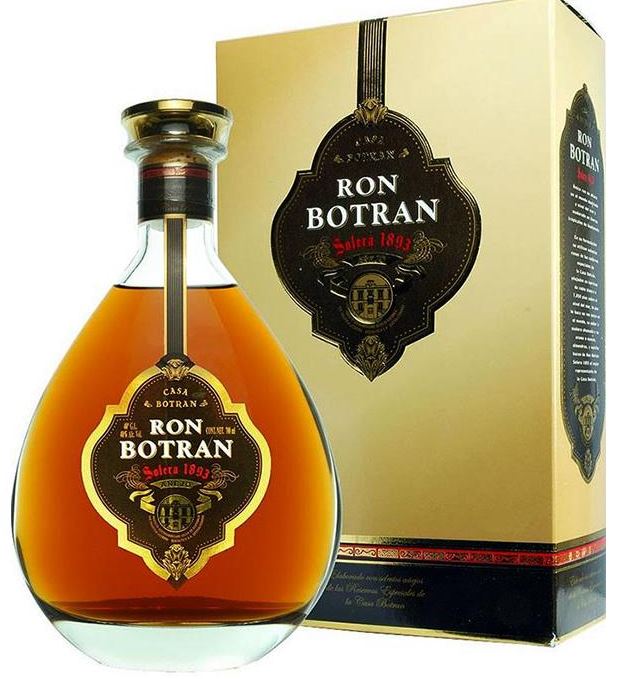
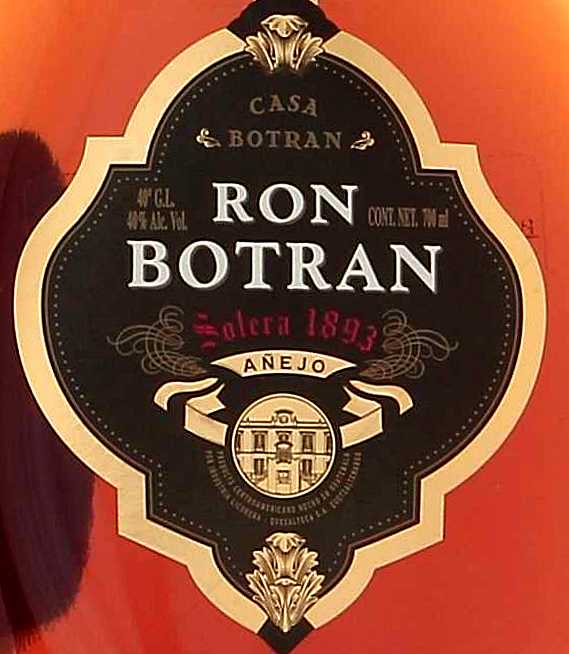 Colour – Gold brown
Colour – Gold brown